Famous Flowers
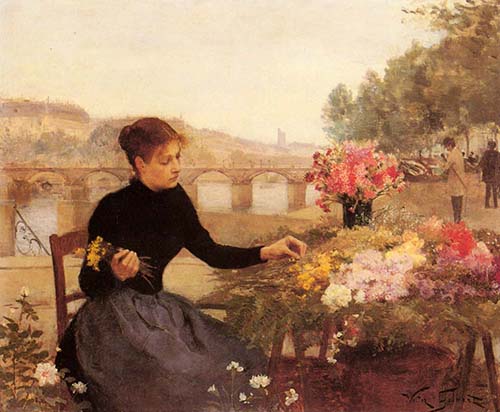

Victor Gilbert, A Parisian Flower Market (circa 1880).
I must have flowers, always, and always.
~ Claude Monet
Roses
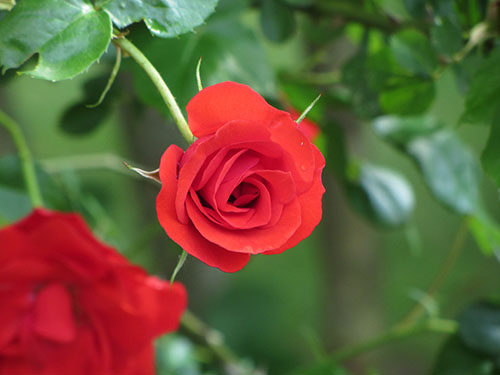

“Red Rose” Photo by Lorenzo Tempesti.
The vast majority of roses familiar to Westerners are actually cultivars, varieties of plants produced by selective breeding, which bear little resemblance to their wild counterparts. Because these ornamental flowers originated from crosses between different wild forms, they are considered hybrids and not true botanical species.
Wild roses are much less voluminous or fragrant than cultivated roses, and almost all species are native to Asia. While roses have been a part of gardens since antiquity, intensive cultivation began in Europe during the 1600s, and since then has resulted in tens of thousands of varieties.
Orchids
The varied patterns and shapes of orchids give them an otherworldly appearance. No other type of flower projects an aura of exoticism quite like an orchid. Despite their seemingly delicate beauty, orchids are actually well adapted to survive in difficult environmental conditions. Most are epiphytes, plants that do not develop in ground soil, but as harmless attachments on other plants, including trees.
Orchid seeds typically germinate within a crevasse, growing climbing roots that extract nourishment directly from air and rainwater. These roots can even “manufacture” their own soil by trapping decomposing bark, fallen leaves, and other detritus. The few orchid species that do grow in the ground have symbiotic relationships with fungi that provide nutrients to the developing plant. A variety of orchids include:
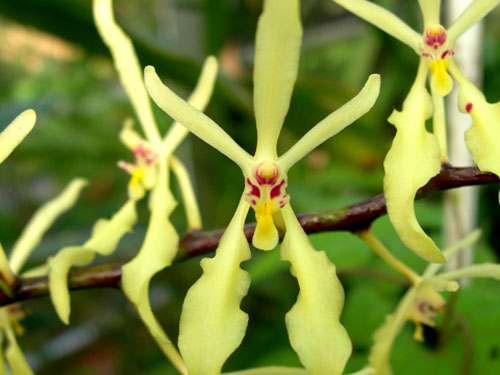
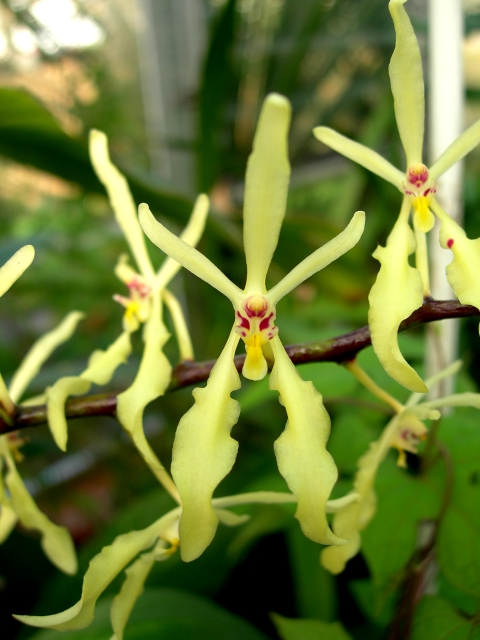
Renanthera citrina. Photo by Lars.Kurth.
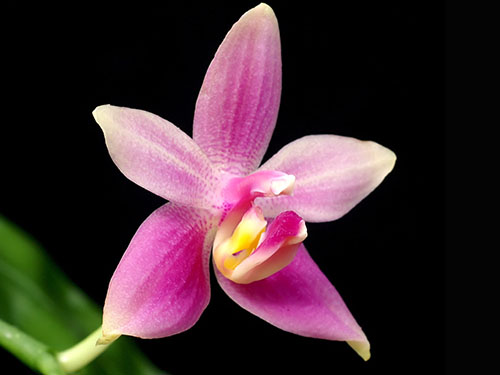
.jpg)
Renanthera citrina (2014). Photo by Orchi.
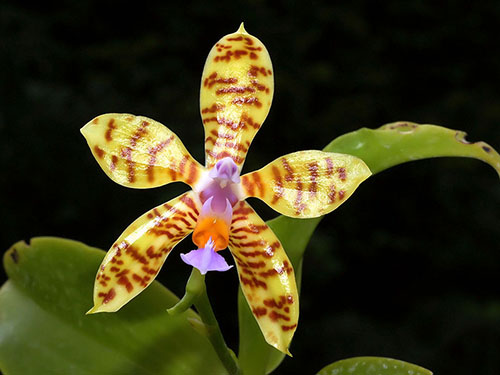
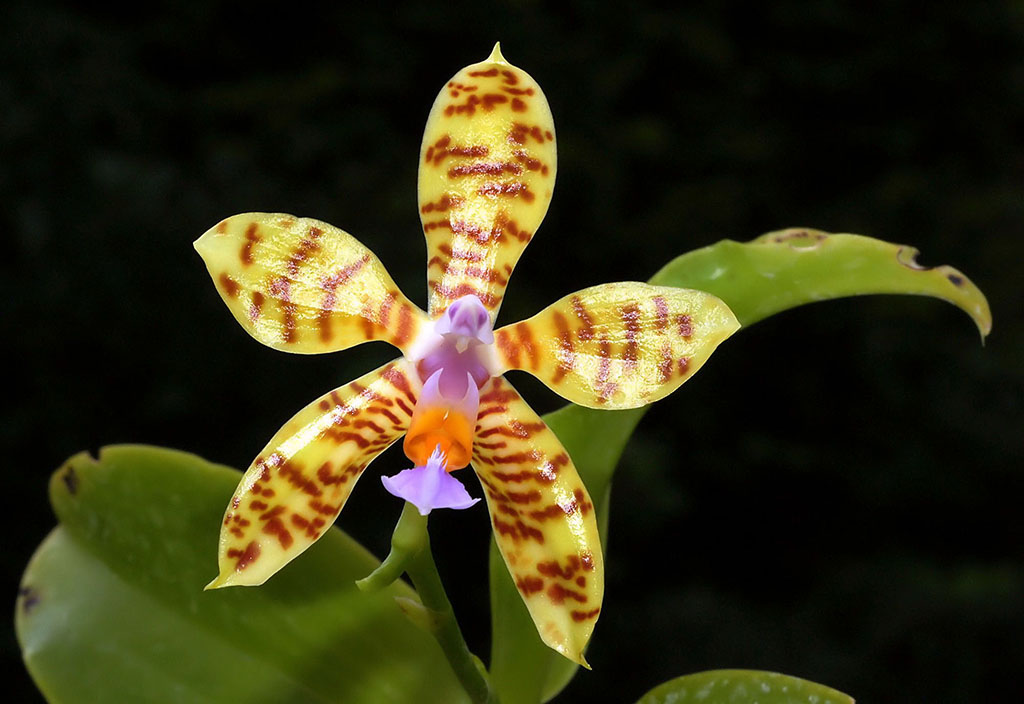
Phalaenopsis fasciata (2014). Photo by Orchi.
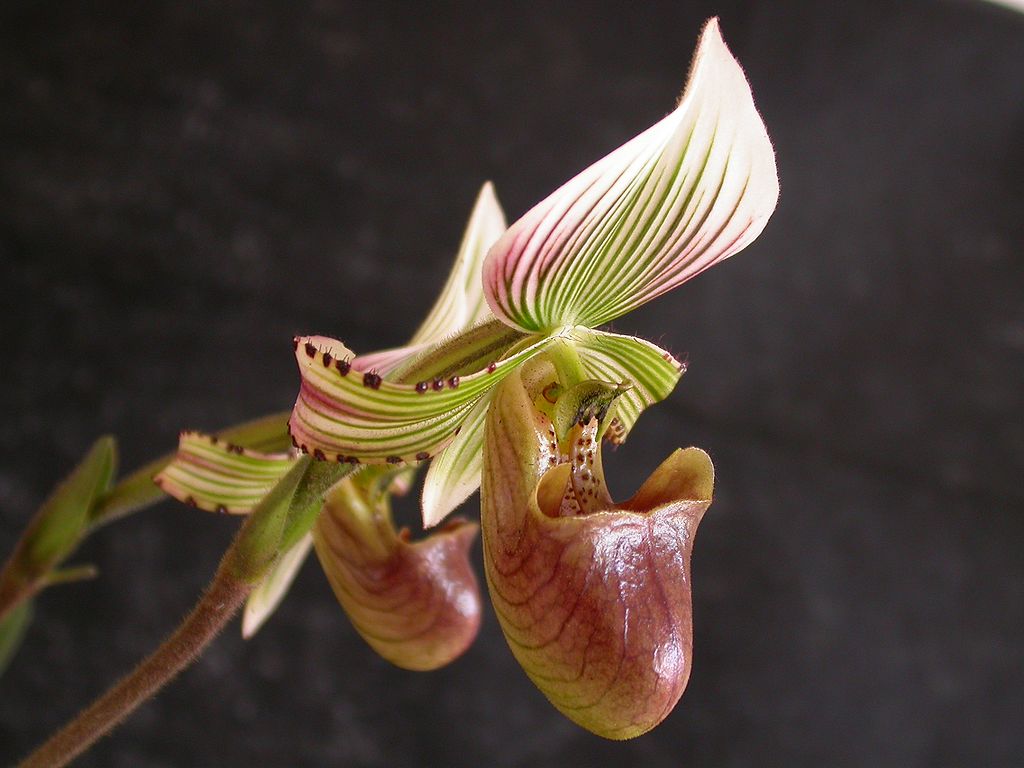

Paphiopedilum hennisianum. Photo by Dalton Holland Baptista.
Tulips
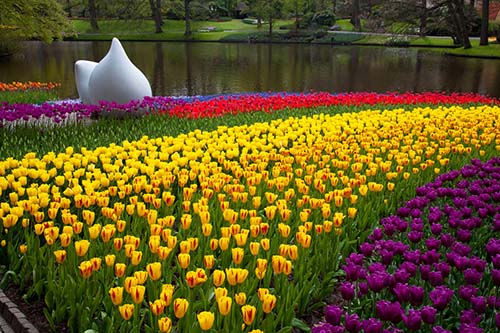
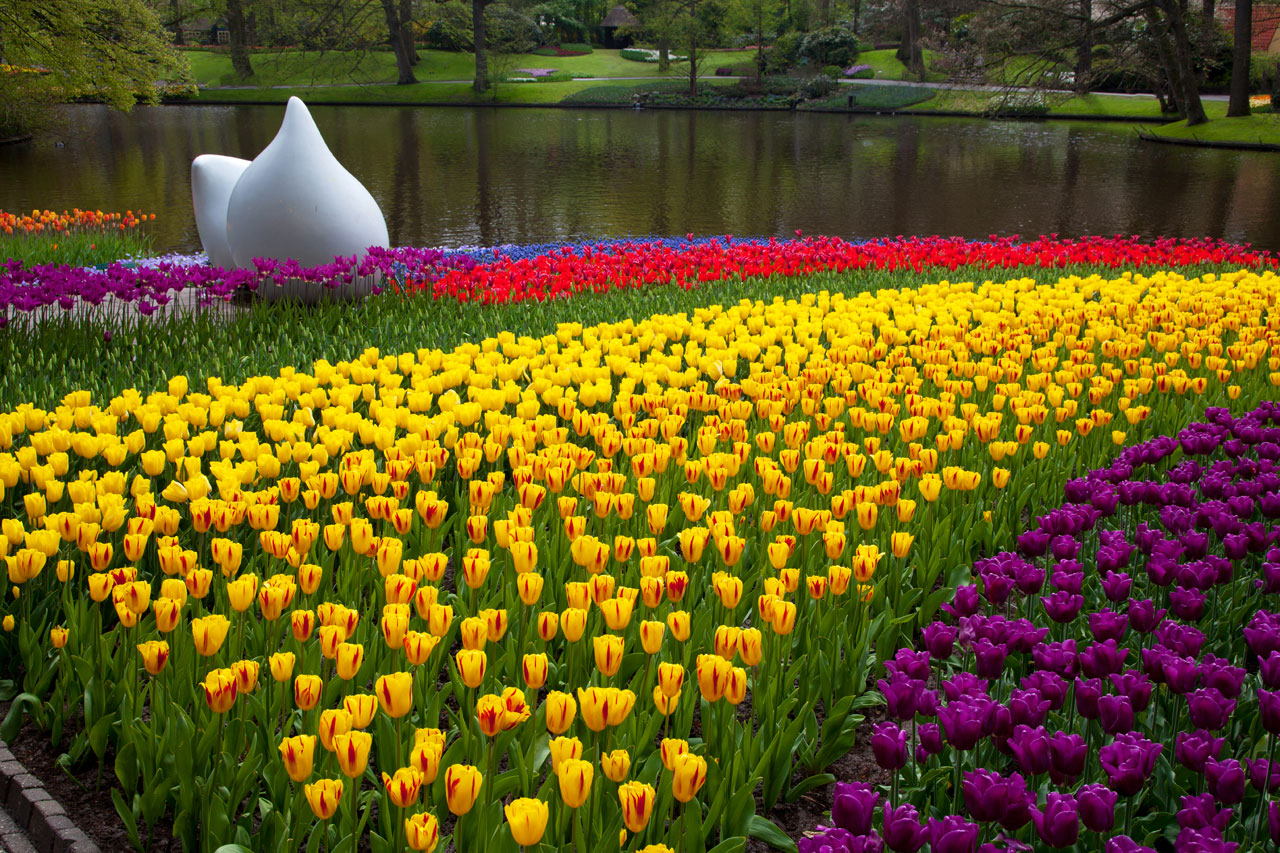
“Tulip flowers in garden.” Photo by Petr Kratochvil.
Although tulips have become closely associated with Dutch traditions – the demand for these flowers caused a socioeconomic “mania” in Holland during the 1600s – this perennial plant is actually native to mountainous areas of central Asia. It was introduced to Western Europe from Turkey in the late 16th century, and the word “tulip” in fact derives from dulband, the Persian word for “turban.”